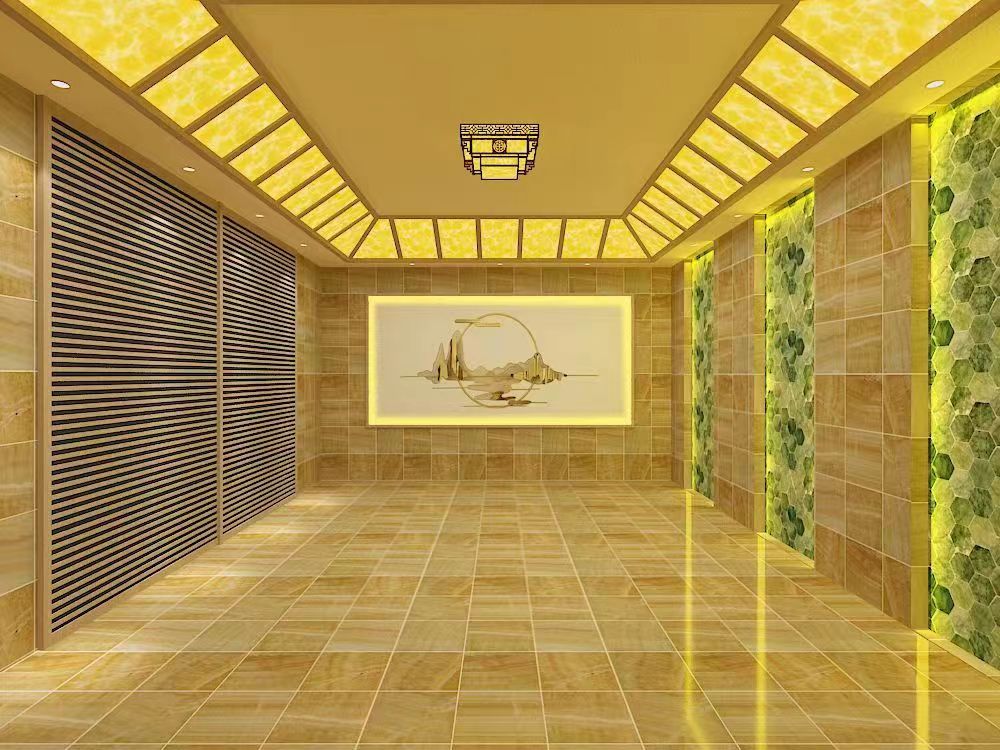
How does the insulation material impact the energy efficiency of a sauna room in colder Kentucky winters?
In the chilly Kentucky winters, sauna rooms present a unique challenge when it comes to maintaining energy efficiency. The choice of insulation material plays a crucial role in this regard.
A sauna room is designed to retain heat for the comfort and therapeutic benefits of its users. In cold winters, without proper insulation, heat can escape through the walls, ceiling, and floor. Heat transfer occurs mainly through conduction, convection, and radiation. Conduction is the transfer of heat through solid materials, such as the walls of the sauna. If the walls are made of materials with high thermal conductivity, like uninsulated metal or thin plywood, heat will quickly be lost to the colder exterior.
Convection also plays a part. As the air inside the sauna is heated, it rises. If there are gaps or poorly insulated areas, the warm air can escape and be replaced by cold air seeping in from outside. Radiation is the emission of heat in the form of infrared waves. A poorly insulated sauna will radiate more heat to the surrounding cooler environment.
Fiberglass is a commonly used insulation material. It consists of fine glass fibers that trap air within them. This trapped air is a poor conductor of heat, which reduces the rate of heat transfer through conduction. In a Kentucky winter, fiberglass insulation in the walls and ceiling of a sauna room can significantly reduce the amount of heat that escapes. It is relatively inexpensive and easy to install, making it a popular choice for many sauna builders. However, it needs to be installed properly to avoid any gaps that could lead to convective heat loss.
Made from recycled paper products, cellulose insulation is another option. It has good thermal properties as it also traps air. Additionally, it can fill irregular spaces more effectively than fiberglass in some cases. In a sauna, this can be beneficial as it can conform to the unique shapes and corners often found in sauna room construction. Its environmental - friendliness is also an advantage, especially for those who are conscious of sustainable building materials. However, it is more sensitive to moisture, and if it gets wet in the humid sauna environment, its insulating properties can be compromised.
There are different types of foam insulation, such as polyurethane and polystyrene foam. These materials have a very low thermal conductivity, making them excellent insulators. They can be sprayed onto the surfaces of the sauna room, creating a seamless barrier against heat loss. In a cold Kentucky winter, foam insulation can keep the sauna warm with minimal energy input. However, they are often more expensive than other insulation options, and some foam insulation materials may emit volatile organic compounds (VOCs) during installation or in the early stages of use, which can be a concern for indoor air quality.
The right insulation material can have a significant impact on the energy efficiency of a sauna room during Kentucky winters. By reducing heat loss, the sauna's heating system does not have to work as hard or as long to maintain the desired temperature. This not only saves energy but also reduces the cost of operating the sauna. For example, a sauna with poor insulation might require the heater to run continuously to keep the temperature at a comfortable level, while a well - insulated sauna can maintain the heat for a longer period with intermittent heating.
Moreover, better insulation can also lead to a more consistent and even heat distribution within the sauna. This improves the overall user experience as there are no cold spots or sudden drops in temperature. It also helps in reducing the wear and tear on the heating equipment as it is not overworked.

